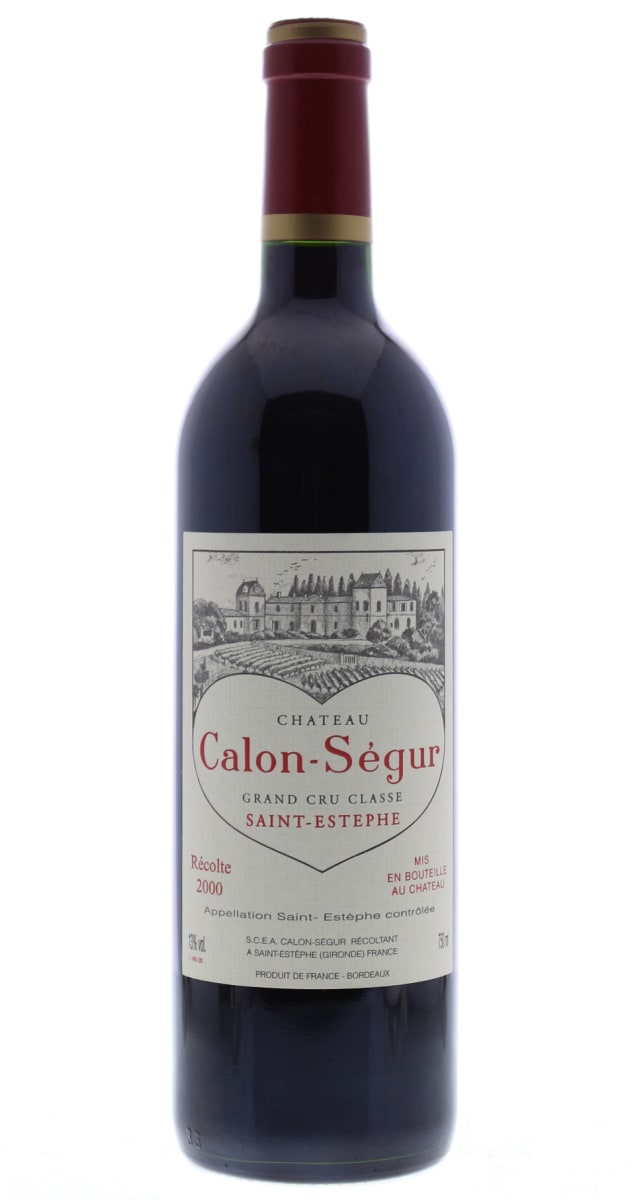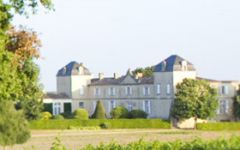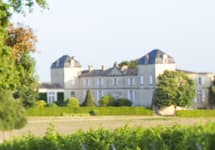Chateau Calon-Segur 2000
-
Robert
Parker -
Wine
Spectator -
Wine
Enthusiast



Product Details
Your Rating
Somm Note
Winemaker Notes
Professional Ratings
-
Robert Parker's Wine Advocate
Tasted from an ex-château bottle at BI Wine & Spirits Calon-Segur dinner in London. The 2000 Calon Segur is one of those wines that reminds you how great the millennial vintage could be. Now at fifteen years old, it has a brilliant, vivacious red berry nose infused with ash and cigar box aromas. The detail here is a beguiling and it just "sings" Saint Estèphe. The palate is medium-bodied with dense, firm tannin that provide a rigid backbone, but it is swathed in copious tobacco-drenched black fruit and a superb line of acidity. It finishes with a twist of bitter cherry on the finish that completes what is a deeply impressive Calon-Ségur; it might just outclass the 2005. Tasted March 2015.
-
Wine Spectator
Lovely berry, spice and leather aromas follow through to a medium- to full-bodied palate, with firm and silky tannins and a long, caressing finish. A harmonious wine. Not quite what it was from barrel, but outstanding all the same. Racy Calon. Best after 2010.
-
Wine Enthusiast
This is a solid, huge wine, with rich but very dry tannins. With its dense, almost black color, and its sense of brooding power, it promises long aging. It will never be in the opulent Bordeaux camp, despite its prominent new wood flavors, but will probably outlive all but a handful top wines.
Other Vintages
2024-
Robert
Parker - Vinous
-
Jeb
Dunnuck -
James
Suckling -
Robert
Parker - Decanter
- Vinous
-
Robert
Parker -
Jeb
Dunnuck -
James
Suckling -
Wine
Spectator - Decanter
-
Wine
Enthusiast - Vinous
-
Jeb
Dunnuck -
Robert
Parker - Decanter
-
Wine
Spectator -
James
Suckling
-
Jeb
Dunnuck - Decanter
-
Wine
Enthusiast -
Robert
Parker -
James
Suckling -
Wine
Spectator
-
Wine
Enthusiast -
Jeb
Dunnuck - Decanter
-
James
Suckling -
Wine
Spectator -
Robert
Parker
-
Jeb
Dunnuck -
Robert
Parker -
Wine
Enthusiast -
James
Suckling -
Wine
Spectator - Decanter
-
Wine
Enthusiast -
Robert
Parker -
James
Suckling - Decanter
-
Jeb
Dunnuck -
Wine
Spectator
-
James
Suckling -
Jeb
Dunnuck - Decanter
-
Wine
Enthusiast -
Wine
Spectator -
Robert
Parker
-
Wine
Enthusiast -
James
Suckling - Decanter
-
Jeb
Dunnuck -
Wine
Spectator -
Robert
Parker
-
James
Suckling - Decanter
-
Wine
Enthusiast -
Jeb
Dunnuck -
Wine
Spectator -
Robert
Parker
-
Wine
Enthusiast -
Wine
Spectator -
James
Suckling -
Robert
Parker
-
James
Suckling -
Wine
Spectator -
Robert
Parker
-
Wine
Enthusiast -
James
Suckling -
Robert
Parker
-
Wine
Spectator -
James
Suckling -
Robert
Parker
-
James
Suckling -
Robert
Parker - Decanter
-
Wine
Spectator -
Jeb
Dunnuck
-
Robert
Parker -
Wine
Spectator -
James
Suckling -
Wine &
Spirits
-
James
Suckling -
Wine
Spectator -
Robert
Parker
-
James
Suckling -
Wine
Spectator
-
Wine
Spectator -
Robert
Parker -
Wine
Enthusiast -
James
Suckling
-
Wine
Enthusiast
-
Jeb
Dunnuck -
Robert
Parker -
Wine
Spectator
-
Robert
Parker -
Wine
Spectator
-
Wine
Spectator -
Robert
Parker
-
Robert
Parker

One of the world’s most classic and popular styles of red wine, Bordeaux-inspired blends have spread from their homeland in France to nearly every corner of the New World. Typically based on either Cabernet Sauvignon or Merlot and supported by Cabernet Franc, Malbec and Petit Verdot, the best of these are densely hued, fragrant, full of fruit and boast a structure that begs for cellar time. Somm Secret—Blends from Bordeaux are generally earthier compared to those from the New World, which tend to be fruit-dominant.

Deeply colored, concentrated, and distinctive, St. Estephe is the go-to for great, age-worthy and reliable Bordeaux reds. Separated from Pauillac merely by a stream, St. Estephe is the farthest northwest of the highest classed villages of the Haut Medoc and is therefore subject to the most intense maritime influence of the Atlantic.
St. Estephe soils are rich in gravel like all of the best sites of the Haut Medoc but here the formation of gravel over clay creates a cooler atmosphere for its vines compared to those in the villages farther downstream. This results in delayed ripening and wines with higher acidity compared to the other villages.
While they can seem a bit austere when young, St. Estephe reds prove to live very long in the cellar. Traitionally dominated by Cabernet Sauvignon, many producers now add a significant proportion of Merlot to the blend, which will soften any sharp edges of the more tannic, Cabernet.
The St. Estephe village contains two second growths, Chateau Montrose and Cos d’Estournel.


